Volleyball is an exciting team sport that demands precision and specialized skills from its players. Each of the six positions on the court contributes significantly to the team’s success, from the strategic setter to the outside hitter’s powerful spikes. Gaining a clear understanding of each player’s unique role is essential for mastering the game. Join me as I explore “Volleyball Positions 101” and delve into the specific responsibilities of every player on the court!
There are six key positions in volleyball. These are setter, outside hitter, opposite, setter, middle blocker, libero, and defensive specialist.
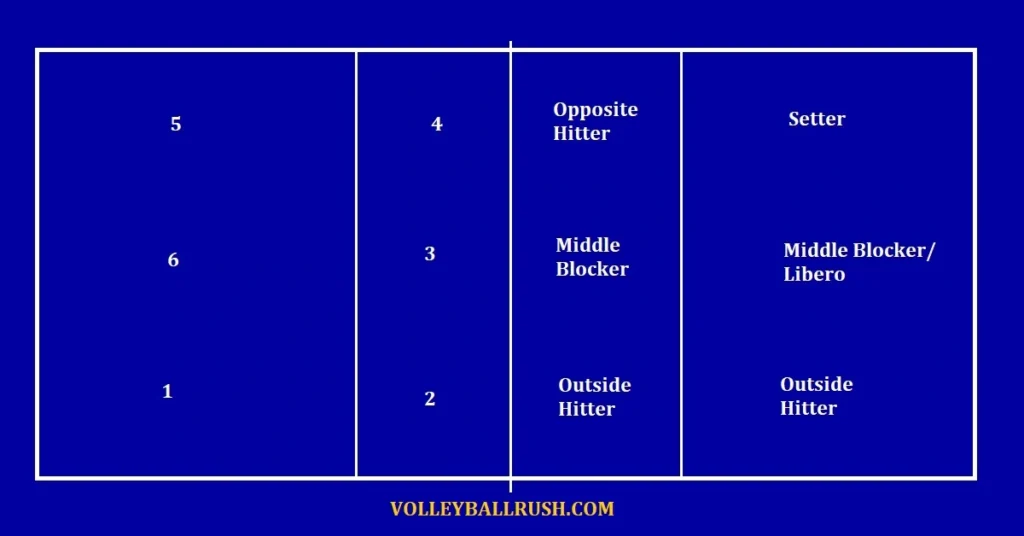
Front Row Volleyball Positions
The front-row positions in volleyball are vital for a team’s success. Players in these positions are tasked with attacking and blocking at the net, generating scoring chances, and thwarting the opponent’s offensive plays. This section will explore the three front-row positions, detailing their specific roles and duties.
Outside Hitter
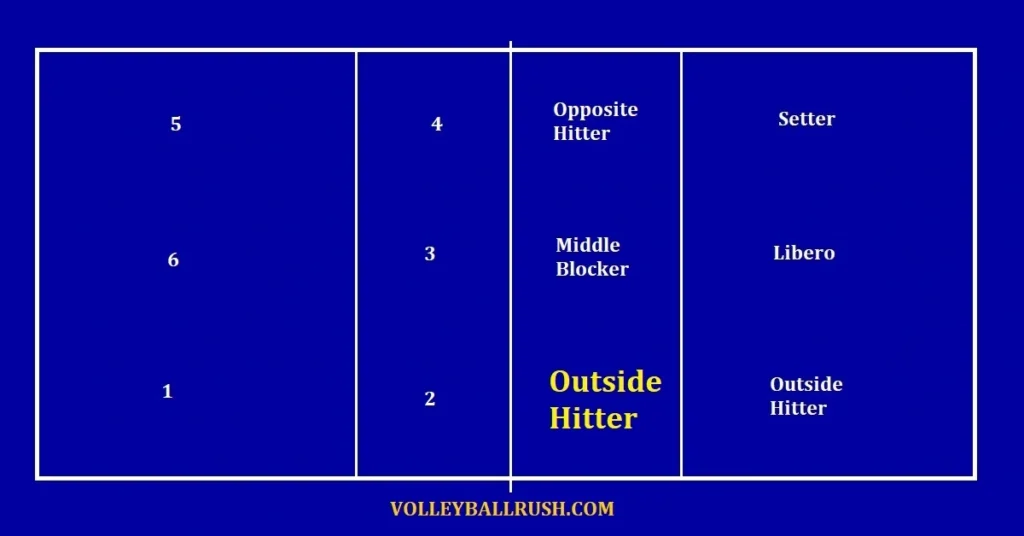
The outside hitter is one of the primary offensive players on the court and is typically positioned on the left side of the net.
They are responsible for attacking from the front row and blocking the opponent’s attacks.
The outside hitter must be quick, agile, and possess the exceptional jumping ability to hit the ball at the highest point of their jump. They must also have precise hitting skills to score points for the team.
Middle Blocker
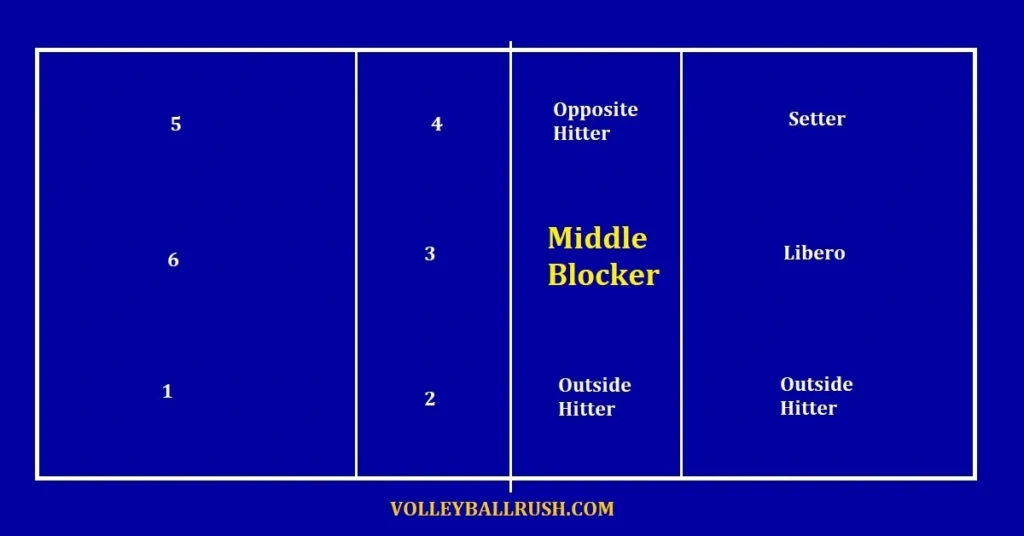
The middle blocker stands in the center of the court and is responsible for blocking the opponent’s attacks and attacking from the front row.
They need to have excellent timing, jumping ability, and agility to quickly jump and block the ball.
The middle blocker also plays an essential role in the offensive play by creating scoring opportunities through quick attacks and blocking the opponent’s middle hitter.
Opposite Hitter
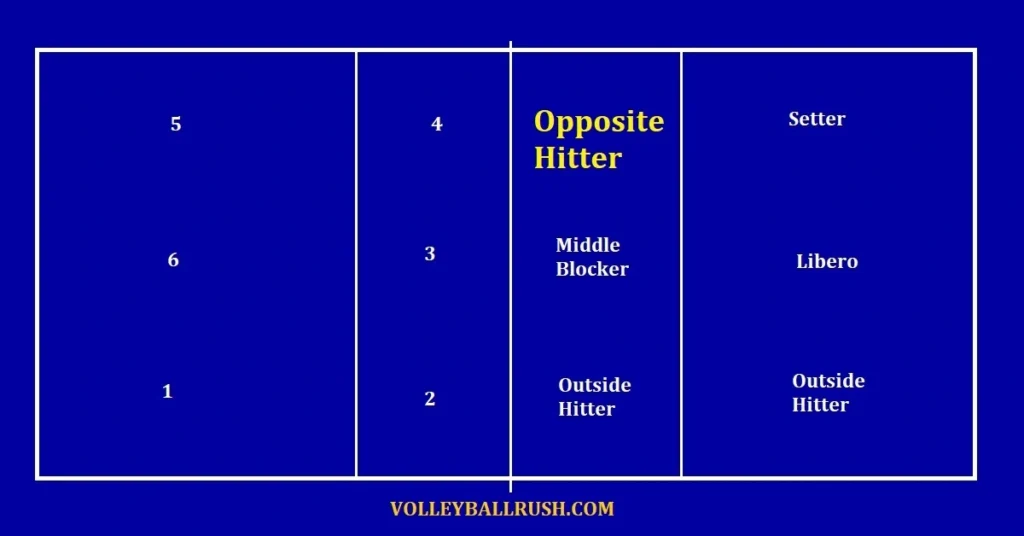
The opposite hitter is positioned on the right side of the net and has similar roles and responsibilities to the outside hitter.
They are responsible for attacking from the front row and blocking the opponent’s attacks.
The opposite hitter must possess exceptional jumping ability, speed, agility, and precise hitting skills to score points for the team.
Each of these front-row positions requires a different skill set and has unique roles and responsibilities. It’s essential to understand each player’s strengths and weaknesses to create an effective offensive and defensive play. Coaches must strategically place their players based on their skills to create a winning team.
Back Row Volleyball Positions
In addition to the front row positions, there are also three back row positions in volleyball. These players are responsible for receiving serves, passing, and digging the opponent’s attacks. In this section, we’ll take a closer look at each of the back-row positions and their roles.
Libero
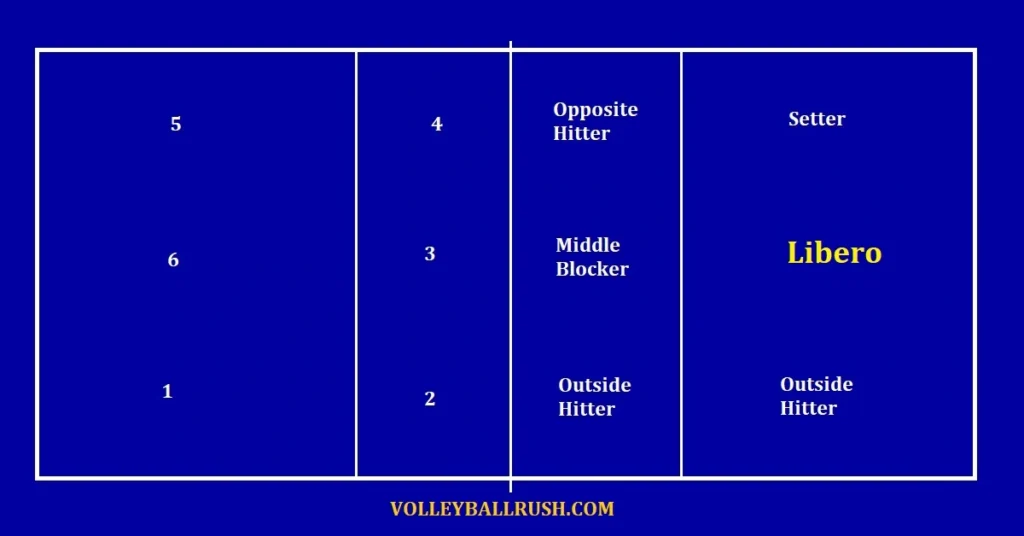
The libero is a specialized defensive player who wears a different colored jersey than the rest of the team.
They play exclusively in the back row and are responsible for passing, digging, and receiving serves. The libero can substitute for any player in the back row and is not limited by the traditional substitution rules.
They must have exceptional passing and defensive skills, quick reflexes, and excellent court awareness.
BONUS: Best volleyball shoes for Liberos
Defensive Specialist
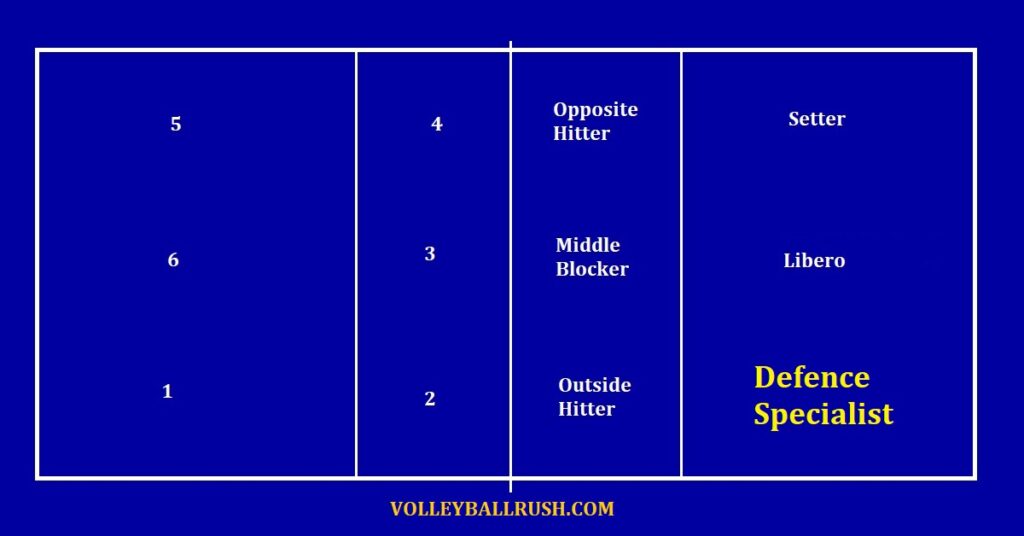
The defensive specialist is also a back-row player responsible for passing, digging, and receiving serves.
They typically substitute for the middle blocker and play exclusively in the back row.
Like the libero, they must have excellent defensive skills, quick reflexes, and exceptional court awareness.
Setter
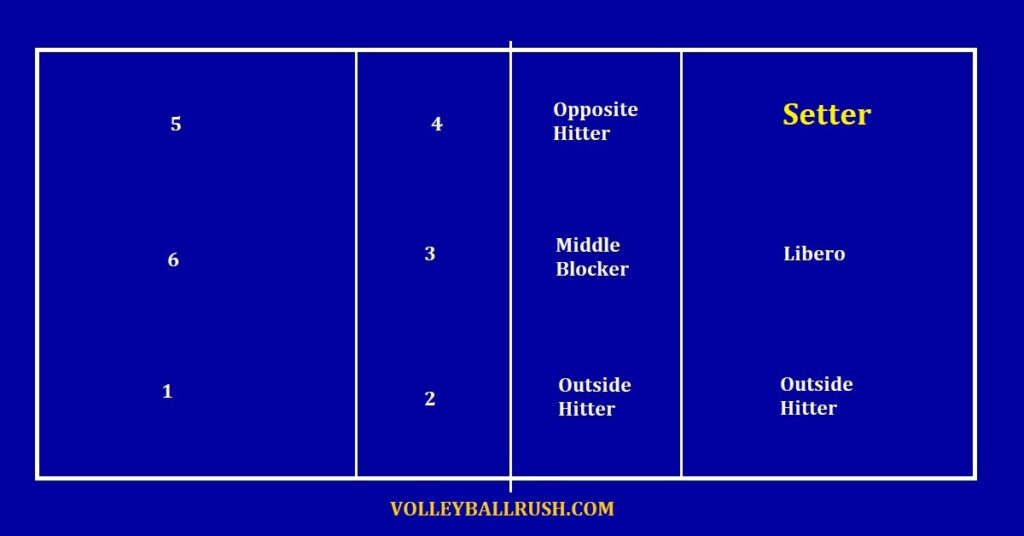
The setter is a unique position in volleyball and is responsible for setting up the team’s offensive plays.
They play in the back row and must have excellent ball-handling skills, court vision, and the ability to read the opponent’s defense.
The setter’s role is to create scoring opportunities for their teammates by setting up the perfect pass for an attack.
Each of the back row positions plays an essential role in the team’s success. The libero and defensive specialist are responsible for keeping the ball in play and setting up offensive plays, while the setter is responsible for creating scoring opportunities for their teammates. Effective communication and teamwork between the back-row and front-row players are crucial to creating a successful team.
BONUS: Best volleyball shoes for Setters.
Role-Specific Tips and Strategies
In this section, we’ll provide some tips and strategies specific to each position to help you improve your game and become a valuable asset to your team.
Setter
Develop excellent ball-handling skills: The setter’s primary role is to set up the team’s offensive plays. Therefore, they must have excellent ball-handling skills to make accurate passes to their teammates.
Communication is key: The setter must communicate effectively with their teammates to create successful plays. They must be vocal and decisive in their calls to ensure that everyone is on the same page.
Anticipate the opponent’s defense: The setter must read the opponent’s defense to anticipate their next move and set up their teammates for scoring opportunities.
Middle Blocker
Master the timing: The middle blocker’s role is to block the opponent’s middle hitter. Timing is crucial in blocking, and the middle blocker must have quick reflexes to time their jump correctly.
Develop strong footwork: Strong footwork is essential for the middle blocker to move quickly and cover the court effectively.
Know your opponent: The middle blocker must study the opponent’s hitting tendencies to anticipate their next move and effectively block their attacks.
Outside Hitter
Master the jump serve: The outside hitter’s jump serve is a potent weapon and can be challenging for opponents to receive. Mastering this skill can give your team a significant advantage.
Develop a variety of attacks: Effective outside hitters must have a variety of attacks, including roll shots, cut shots, and cross-court shots, to keep the opponent guessing.
Anticipate the opponent’s defense: The outside hitter must read the opponent’s defense to anticipate their next move and adjust their attack accordingly.
Opposite Hitter
Develop a strong back-row attack: The opposite hitter’s back-row attack can be a potent weapon and catch opponents off guard. Therefore, developing a strong back-row attack can be a valuable asset to your team.
Communicate effectively: The opposite hitter must communicate effectively with the setter to ensure that they receive the perfect pass for their attack.
Know your opponent: The opposite hitter must study the opponent’s defense to anticipate their next move and adjust their attack accordingly.
Libero and Defensive Specialist
Develop exceptional passing and defensive skills: The libero and defensive specialist are responsible for receiving serves, passing, and digging the opponent’s attacks. Therefore, they must have exceptional passing and defensive skills.
Effective communication: The libero and defensive specialist must communicate effectively with their teammates to ensure that everyone is in the correct position and knows their roles.
Anticipate the opponent’s attack: The libero and defensive specialist must read the opponent’s attack to anticipate their next move and be in the correct position to make the dig.
Common Mistakes to Avoid
As with any sport, volleyball has its fair share of common mistakes that players should avoid to improve their game. In this section, we’ll discuss some of these mistakes and how to avoid them.
Rotational errors
Rotational errors occur when players rotate out of position, leading to confusion and lost points. To avoid this mistake, make sure that each player understands their position and rotation and that they rotate correctly. Communication is also key here; players should vocalize their positions to their teammates to ensure everyone is on the same page.
Hitting out of position
Hitting out of position is a common mistake made by players who want to hit the ball hard and fast but sacrifice accuracy. To avoid this mistake, players should take the time to position themselves correctly before attempting a hit. They should also communicate with their setter to ensure they receive a good set.
Miscommunication on defense
Miscommunication on defense can lead to missed blocks, missed digs, and lost points. To avoid this mistake, players should communicate effectively with their teammates on defense. This means vocalizing the opponent’s hitting tendencies, calling for help when needed, and working together to cover the court.
Lack of teamwork and trust
Volleyball is a team sport, and a lack of teamwork and trust can lead to a disjointed and ineffective team. To avoid this mistake, players should work on building trust and teamwork with their teammates. This means supporting each other, communicating effectively, and working together to execute successful plays.
Conclusion
In conclusion, understanding the various positions in volleyball is crucial for any player who wants to be successful on the court. By knowing the roles and responsibilities of each position, players can work together as a cohesive unit and maximize their strengths to achieve victory.
Whether you’re an outside hitter, middle blocker, opposite, libero, setter, or defensive specialist, there are specific skills and strategies that you can work on to improve your game. From mastering your approach and mixing up your shots to developing a strong serve and communicating with your teammates, there are countless ways to become a more effective and valuable player.
But it’s not just about individual skills and strategies. Volleyball is a team sport, and success on the court requires strong teamwork, trust, and communication. As players, we need to support and encourage each other, communicate effectively, and always strive to improve and learn from our mistakes.
So whether you’re a beginner or an experienced player, remember that mastering the positions in volleyball takes time, effort, and dedication. But with the right mindset, training, and support, anyone can become a valuable asset to their team and achieve success on the court.
Frequently Asked Questions
What are the six positions in volleyball?
The six positions in volleyball are outside hitter, middle blocker, opposite, libero, setter, and defensive specialist.
What is the role of the outside hitter in volleyball?
The outside hitter is responsible for attacking the ball from the left side of the court and also plays a key role in passing and defense.
What is the role of the middle blocker in volleyball?
The middle blocker’s primary role is to block opposing hitters and disrupt their attacks, as well as hit quick sets from the setter.
What is the role of the setter in volleyball?
The setter is responsible for setting up the team’s offensive plays by delivering accurate passes to the hitters, as well as playing defense and serving.
What is the role of the defensive specialist in volleyball?
The defensive specialist is primarily responsible for playing back-row defense and passing, as well as serving and occasionally playing front-row defense.
What is the role of the libero in volleyball?
The libero is a specialized defensive player who wears a different colored jersey and is allowed to substitute in and out of the game without counting towards the team’s substitutions. They primarily play back-row defense and passing.
What are some common mistakes to avoid in volleyball?
Common mistakes in volleyball include rotational errors, hitting out of position, miscommunication on defense, and lack of teamwork and trust.
How can I improve my skills in my specific position?
Improving your skills in your specific position requires practice, dedication, and a willingness to learn and receive feedback. Work on mastering the fundamental skills of your position, such as hitting, blocking, setting, or passing, and also focus on developing your overall athleticism and fitness. Additionally, watch and learn from experienced players and seek out coaching and mentorship opportunities.

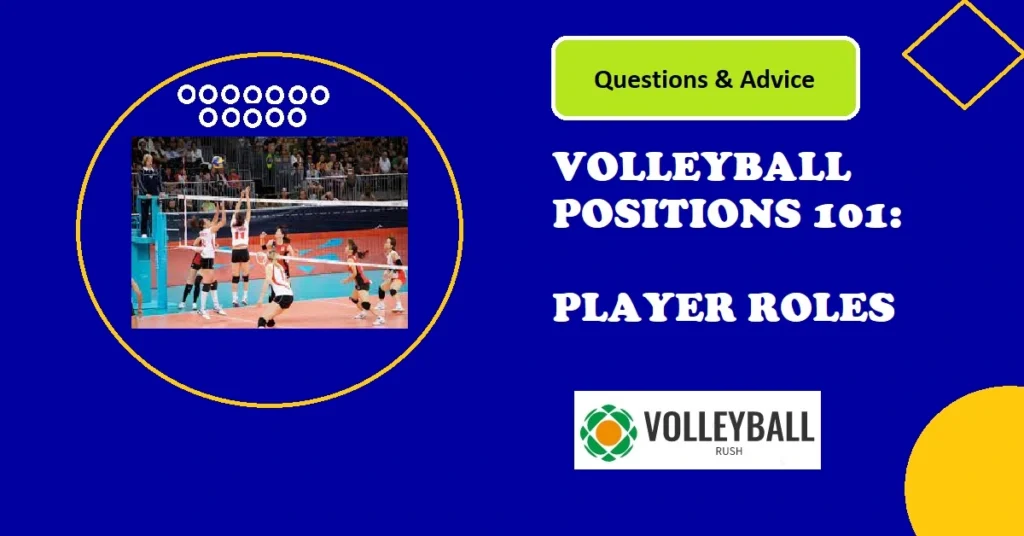
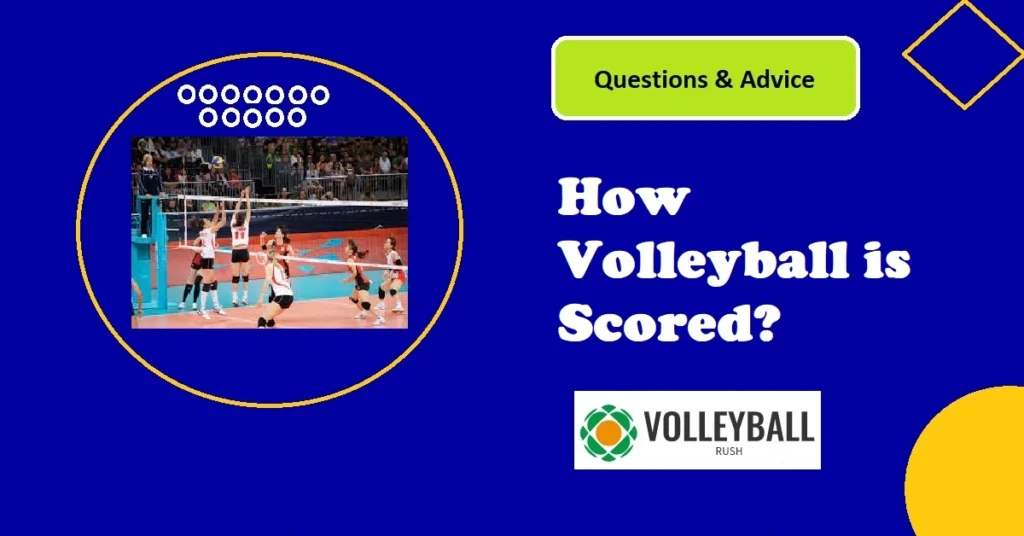
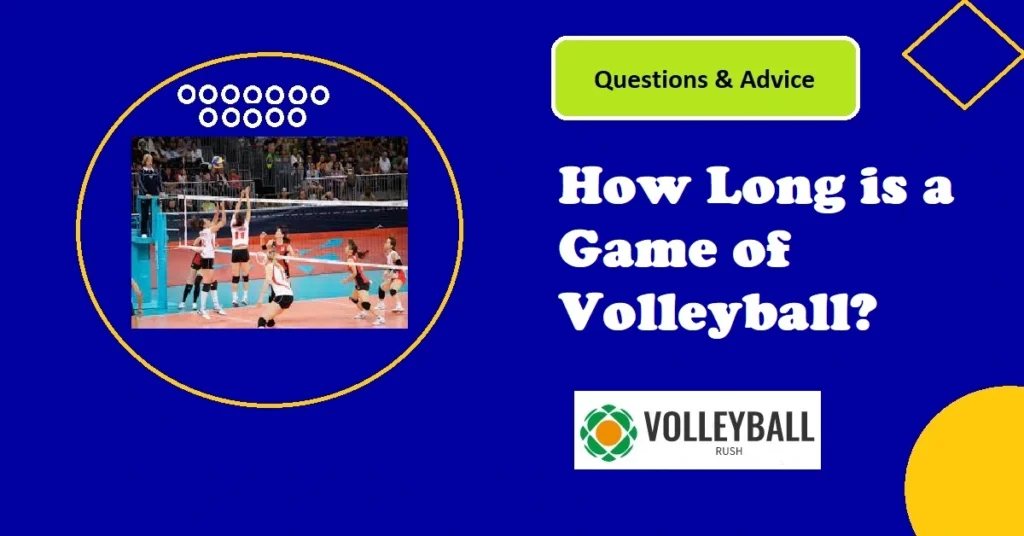
Pingback: How volleyball is scored?